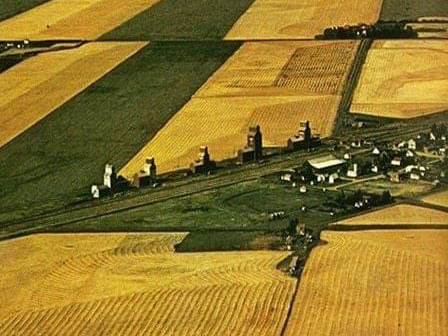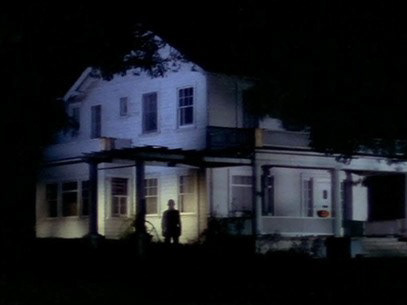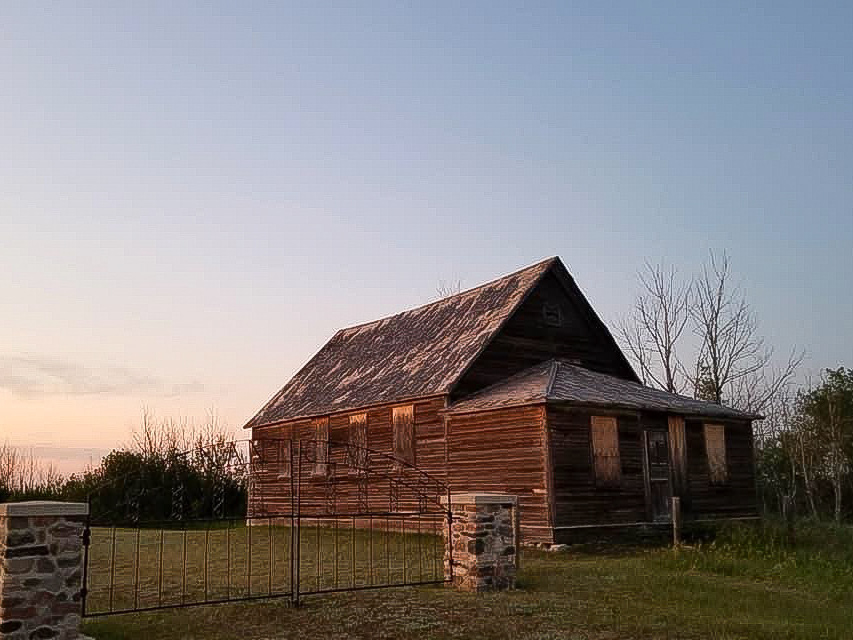The events of the fictionalized “Turtle Lake Massacre” are gathered from a variety of collected stories and true events. All the characters are facsimiles of several people and notable figures from different generations. The events of the Shell Lake Massacre serve as cautionary inspiration.
Fawn Ohpikihitowak is our protagonist and the matriarch of a humble family in a rural Saskatchewan town. Unfortunately for her, our story begins before we can even glimpse a whole family dynamic. A house fire jolts us into their world and we’re left processing a tragedy within the first 10 minutes. Fawn’s husband is caught in the fire, leaving her and 3 children widowed in the process. What’s worse is their farmland is left in the fathers name and open for any person to claim it.
We then jump forward five years where it appears Fawn and her children are still on the farmland and maybe even thriving with more children running around and helping on the farm. While it does not appear that Fawn has taken another partner, she also appears to have more help in the form of a farm hand. We are introduced to Vilhelm for his stoic presence on the farm and respectful candor towards Fawn and her children. We find out early in Act I that it was Vilhelm that purchased the deed to the land and has an arrangement with Fawn to continue to let the family prosper and assist them. They settle into a financial arrangement to keep farming the land and tending to the animals.
It is also early in Act I we are introduced to our secondary protagonist, Edwin Ohpikihitowak, a Cree priest and brother to Fawn. Edwin is highly respected throughout the prairies. Rev. Ohpikihitowak is at a pivotal point in his life where he is attempting to bridge the nêhiyaw and Christian values and systems that run side by side. He is set to give his own sermon to his Cree congregation this very weekend of our story. He begins with a Cree Newsletter intended to translate English prayer and hymns into Cree syllabics (nêhiyawewin). We also bring to surface an ulterior motive from Rev. Ohpikihitowak, he wants his family on the farm to move to the reservation.
Act II: We really settle into the Ohpikihitowak family enjoying their summer on the farm and nearby watering holes. Enter our Indian Agent, William Graham, a smarmy looking fellow that is keen on sensing when a deal needs to be made, for any type of transaction. He seems to mostly deal with Vilhelm.
Several towns away, a mental institution continues its experimental treatments with electro shock therapy and LSD trials. They are responsible for the treatment and residency of one Vincent Herbert, our central antagonist. His exhausted mental and physical state are a lit fuse in our story.
We get to the conflict of our tale when Vincent intersects with the Ohpikihitowak Farm at the beginning of Act III. At this precise moment he almost instantly takes out Vilhelm and his boys; devastation. Vilhelm makes a heroic effort to take up as much of Vincent's rage and strength so Fawn and all the kids can get away. The tone now shifts to a chase, one fought out and followed through on the land. Vulnerabilities lurk as Fawn’s family is scattered out in nearby plots of lands and forest brush. Together with Rev. Ohpikihitowak they combine the knowledge of the land to overcome Vincent's massacre.
Rev. Edwin Ohpikihitowak finally consoles a grieving town and processes his own part in this violent event. The funeral for Vilhelm, his boys and others in Vincent's path of destruction has a massive turnout from surrounding towns.
We end on a hopeful note of Fawn approaching the entrance road to her reservation.



